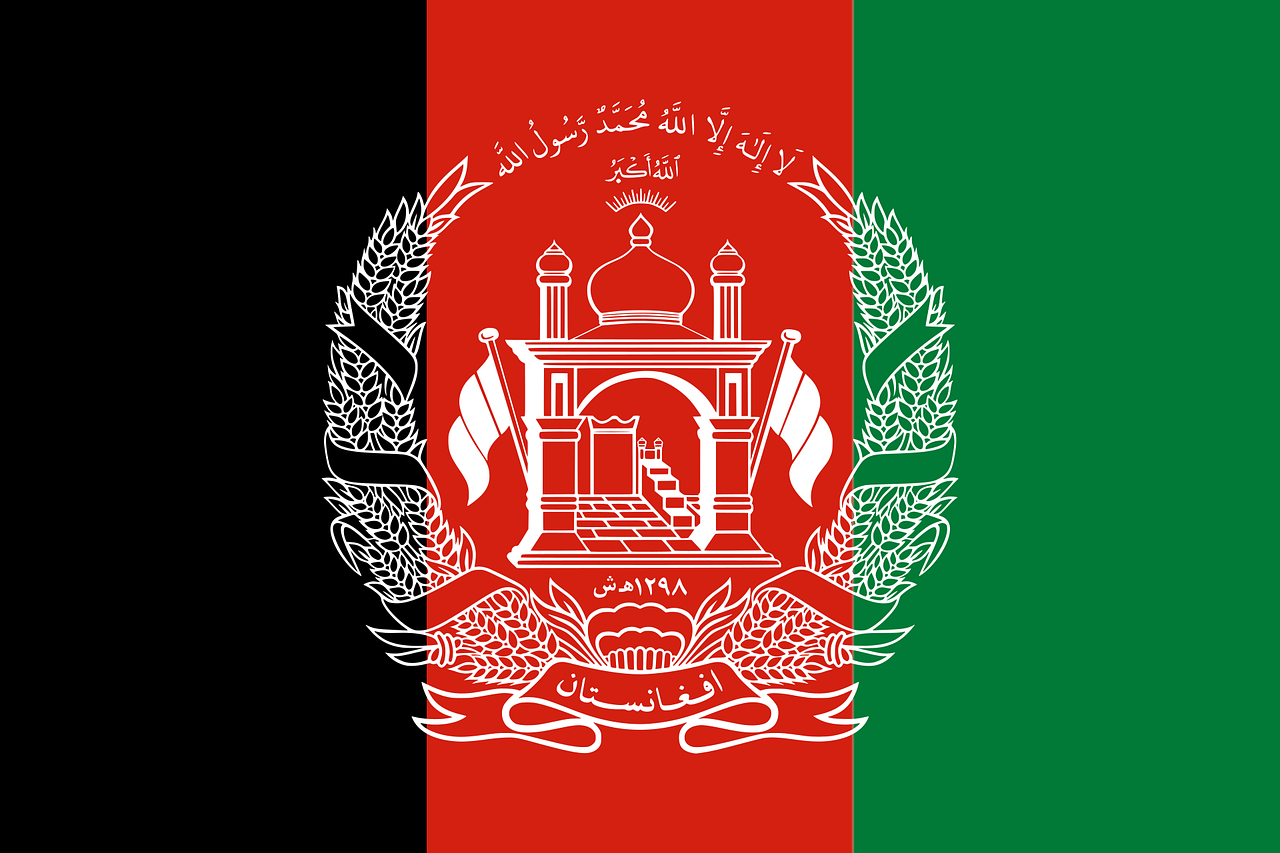Table of Contents
The War in Afghanistan from 2001 to 2021 was one of the longest wars in contemporary history. It was fought with military personnel from dozens of nations, headed by the United States, against the Taliban and other insurgent factions. The war started as an effort to disassemble terrorist networks but transformed into a long effort to create a stable country.
Origins of the Conflict
The proximate cause of the war was the September 11, 2001, terrorist attacks against the United States. In retaliation, President George W. Bush called for Afghanistan’s Taliban regime to surrender Osama bin Laden, the al-Qaeda leader, who was behind the attacks. When the Taliban declined, the U.S. initiated Operation Enduring Freedom on October 7, 2001, intending to overthrow the Taliban regime and destroy al-Qaeda’s network.
Early Success and Shifting Goals
During the initial few months, the Taliban regime toppled rapidly. An interim administration headed by Hamid Karzai was brought into power through international support in December 2001. Still, the purpose was soon revised from merely destroying terrorists to state-building — setting up a democratic regime, renovating infrastructure, and training the security forces of Afghanistan.
Although the Taliban were initially successful, they regrouped and began an insurgency. Over time, the war became more complex, with more casualties and increasing human and financial expenses
.
Challenges and Escalations
Several factors made the war challenging:
Geography: Afghanistan’s mountains and deserts were conducive to guerrilla warfare.
Corruption: Corruption was rampant in the Afghan government, which undermined it.
Foreign Safe Havens: Taliban militants had safe havens in Pakistan, which made them difficult to eradicate.
Public Opinion: Public opinion against the war grew in the U.S. and other coalition nations over time.
President Barack Obama promised a surge of more U.S. troops in 2009 to try to reverse the trend. Some progress was achieved, but the underlying issues persisted.
Peace Talks and Withdrawal
Efforts to reach a peace agreement accelerated in the late 2010s. In 2020, the United States and the Taliban signed the Doha Agreement, under which American forces would be withdrawn in phases as the Taliban made commitments not to allow terrorism.
In 2021, President Joe Biden declared the full withdrawal of American troops. As the foreign soldiers departed, the Taliban moved quickly across Afghanistan. By August 2021, they had taken the capital, Kabul, ending the 20-year war with a dramatic and contentious triumph.
Legacy and Impact
The War in Afghanistan had deep implications:
Human Cost: More than 170,000 individuals died, including civilians, troops, and insurgents.
Economic Cost: The United States spent more than $2 trillion on the war.
Refugee Crisis: Millions of Afghans were displaced.
Women’s Rights: Progress Afghan women achieved during the occupation are now threatened under Taliban rule.
Global Politics: The war reordered alliances, military tactics, and public opinion towards foreign interventions.
Afghanistan is currently embroiled in a humanitarian crisis with its people uncertain of their future under Taliban rule. The War in Afghanistan serves as a poignant reminder of the unpredictable and devastating nature of modern conflict.
The War in Afghanistan is one of the longest and most complicated conflicts of the contemporary age. Lasting for twenty years, it saw the toppling of governments, the emergence of insurgencies, and the aspirations and disappointments of a nation torn between mighty forces. Behind the headlines of political maneuvers and military campaigns is a bloody tale of sacrifice of soldiers, endurance of civilians, and survival of a culture bent on living on. From the desolate battlefields to devastated cities, the war remade lives, countries, and history itself — leaving behind lessons in blood, valor, and unyielding will to survive.

